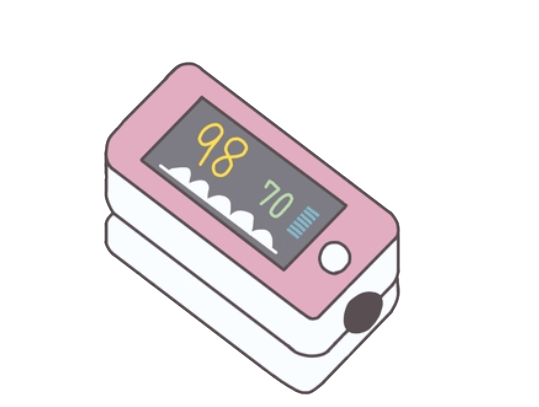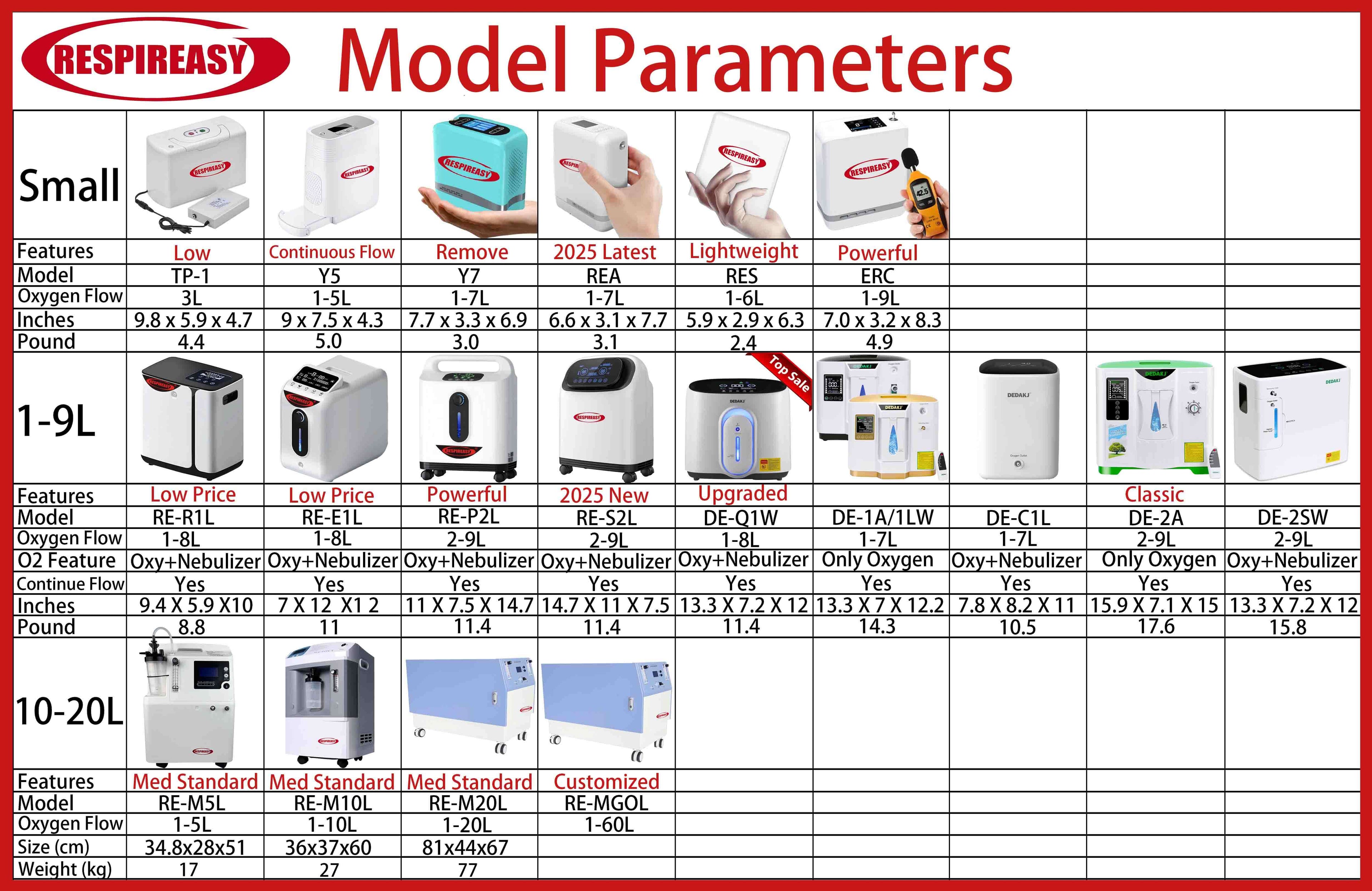
Pulse Oximeters and Oxygen Concentrators: What You Need to Know About Home Oxygen Therapy

To survive, we need oxygen to be delivered from our lungs to the cells in our bodies. Sometimes, the amount of oxygen in our blood can drop below normal levels. Asthma, lung cancer, chronic obstructive pulmonary disease (COPD), influenza, and COVID-19 are some of the health problems that can cause oxygen levels to drop. When oxygen levels are too low, we may need to breathe in extra oxygen, known as oxygen therapy.
One way to add extra oxygen to the body is with an oxygen concentrator. Oxygen concentrators are medical devices that must be sold and used with a prescription.

You should not use an oxygen concentrator at home unless your doctor prescribes it. Giving yourself oxygen without your doctor's approval can cause more harm than good. You could end up breathing in too much or too little oxygen. Deciding to use an oxygen concentrator without your doctor's approval could lead to serious health problems, such as oxygen toxicity from breathing in too much oxygen. It could also lead to delays in receiving treatment for serious illnesses, such as COVID-19.
Although oxygen makes up 21% of the air around us, breathing high concentrations of oxygen can damage your lungs. On the other hand, not enough oxygen in the blood (a condition called hypoxia) can damage the heart, brain, and other organs.

Talk to your healthcare provider to find out if you really need oxygen therapy. If so, your healthcare provider can determine how much oxygen you should get and for how long.
What do I need to know about oxygen concentrators?
Oxygen concentrators draw in room air and filter out the nitrogen. This process provides the large amounts of oxygen needed for oxygen therapy.
Concentrators can be large, stationary or small, portable. Concentrators are different from tanks or other oxygen supply containers because they use an electric pump to concentrate a continuous supply of oxygen from the surrounding air.
You may have seen oxygen concentrators sold online without a prescription. Currently, the FDA has not cleared or approved any oxygen concentrators for sale or use without a prescription.
When using an oxygen concentrator:
Do not use the concentrator or any oxygen product near an open flame or while smoking.
Place the concentrator in an open space to reduce the possibility of the device malfunctioning due to overheating.
Do not block any vents on the concentrator because this may affect the device's performance.
Check your device regularly for any alarms to make sure you are getting enough oxygen.
If you are asked to use an oxygen concentrator for a chronic health condition and you have changes in your breathing or oxygen levels, or if you have symptoms of COVID-19, call your healthcare provider. Do not change your oxygen levels on your own.
How do I monitor my oxygen levels at home?
Oxygen levels are monitored using a small device called a pulse oximeter, or pulse oximeter.
A pulse oximeter is usually worn on the fingertip. The device uses a light beam to indirectly measure the oxygen levels in the blood without drawing a blood sample.
What do I need to know about pulse oximeters?
As with any device, there is always a risk of inaccurate readings. The FDA issued a Safety NoticeExternal LinkDisclaimer in 2021 to inform patients and healthcare providers that although pulse oximeters can be used to estimate blood oxygen levels, pulse oximeters have limitations and risks of inaccuracy in certain situations; this should be taken into account. Several factors can affect the accuracy of a pulse oximeter reading, such as poor circulation, skin pigmentation, skin thickness, skin temperature, current smoking, and the use of nail polish.
If you are using a pulse oximeter at home to monitor your blood oxygen level and are concerned about the reading, contact a healthcare provider. Do not rely solely on the pulse oximeter. It is also important to track your symptoms or how you feel. Contact a healthcare provider if your symptoms are severe or worsening.
To get the best readings when using a pulse oximeter at home:
Follow your healthcare provider's advice on when and how often to check your oxygen level.
Follow the manufacturer's instructions for use.
When wearing the oximeter on your finger, make sure your hand is warm, relaxed, and held below heart level. Remove any nail polish from your finger.
Sit still and do not move the part of your body where the pulse oximeter is placed.
Wait a few seconds until the reading stops changing and displays a stable number.
Write down your oxygen level and the date and time of the reading so that you can track any changes and report them to your healthcare provider.
Be familiar with other signs of low oxygen levels:
Bluish discoloration of the face, lips, or nails;
Shortness of breath, difficulty breathing, or increased coughing;
Restlessness and feeling unwell;
Chest pain or tightness;
Rapid/rapid pulse;
Note that some people with low oxygen levels may not experience any or all of these symptoms. Only a healthcare provider can diagnose conditions such as hypoxia (low oxygen levels).











